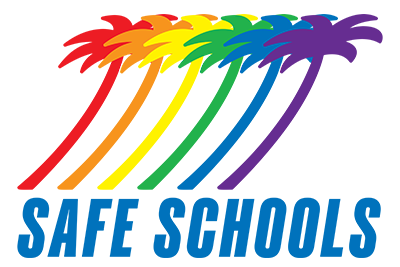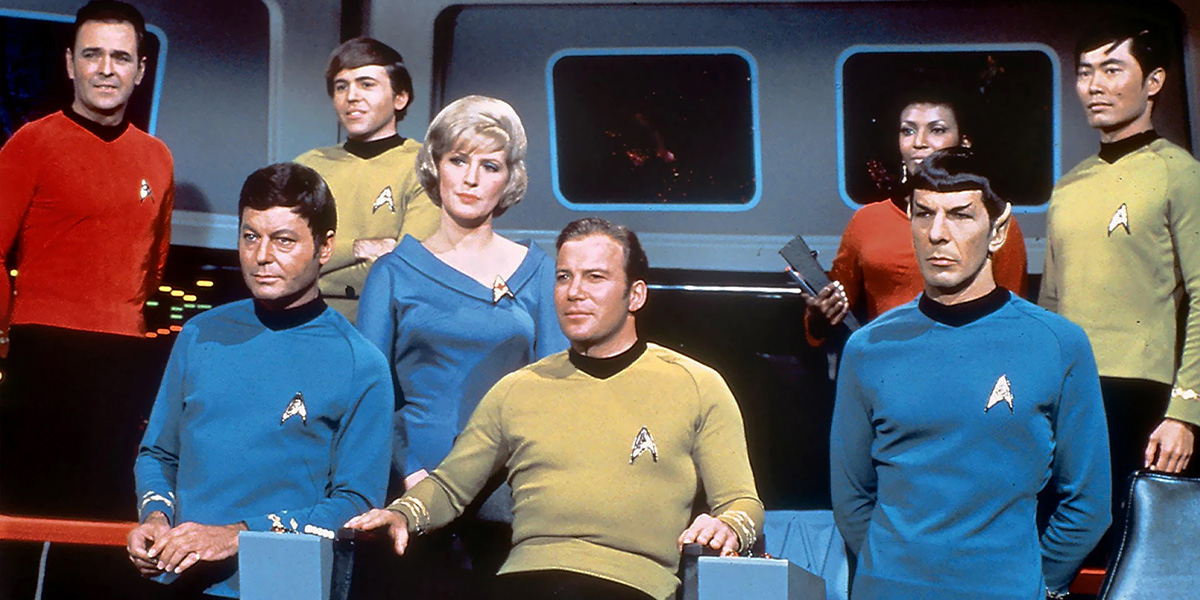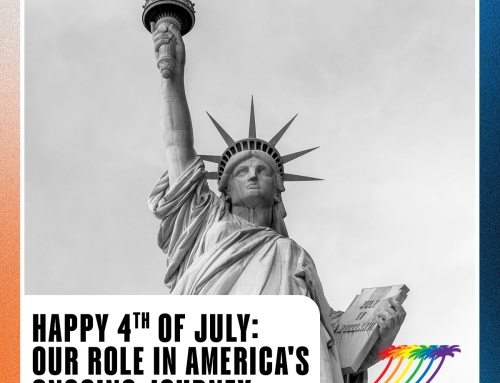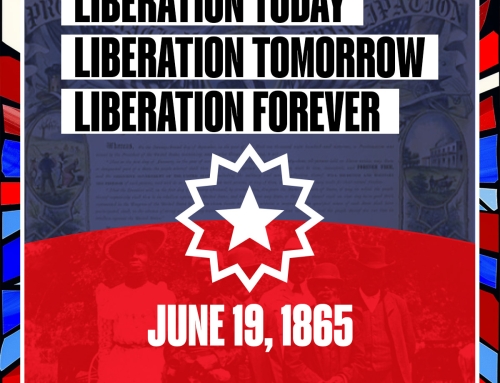Since its premiere in 1966, Star Trek has boldly gone where no series had gone before, breaking barriers in diversity, inclusivity, and portraying a hopeful vision of the future. Gene Roddenberry’s creation depicted a multicultural crew working harmoniously, inspiring countless LGBTQ+ viewers with its themes of acceptance and unity.
One groundbreaking character, Lieutenant Sulu, portrayed by George Takei, advanced Asian representation on television and encouraged fans to embrace their unique identities. Takei later became an LGBTQ+ activist and icon, further solidifying Star Trek’s impact on the community.
While the original series didn’t feature queer characters explicitly, later installments continued pushing boundaries. Star Trek: Deep Space Nine introduced Jadzia Dax, a joined Trill, exploring themes of gender fluidity and identity. Star Trek: Discovery, showcasing the franchise’s first openly gay characters, Lieutenant Paul Stamets and Dr. Hugh Culber, affirmed the final frontier’s welcoming nature. Star Trek: Picard added to the tapestry of representation with bisexual character Raffi Musiker.
The pluralistic utopia of Star Trek has inspired generations to embrace diversity, tolerance, and understanding. Its impact on queer culture is visible in fan works, conventions, and online communities that celebrate unity and hope. As we honor Star Trek’s legacy, let’s continue exploring the infinite diversity of the human experience and strive for a future where all identities harmoniously coexist.
Live long and prosper! 🖖💖







